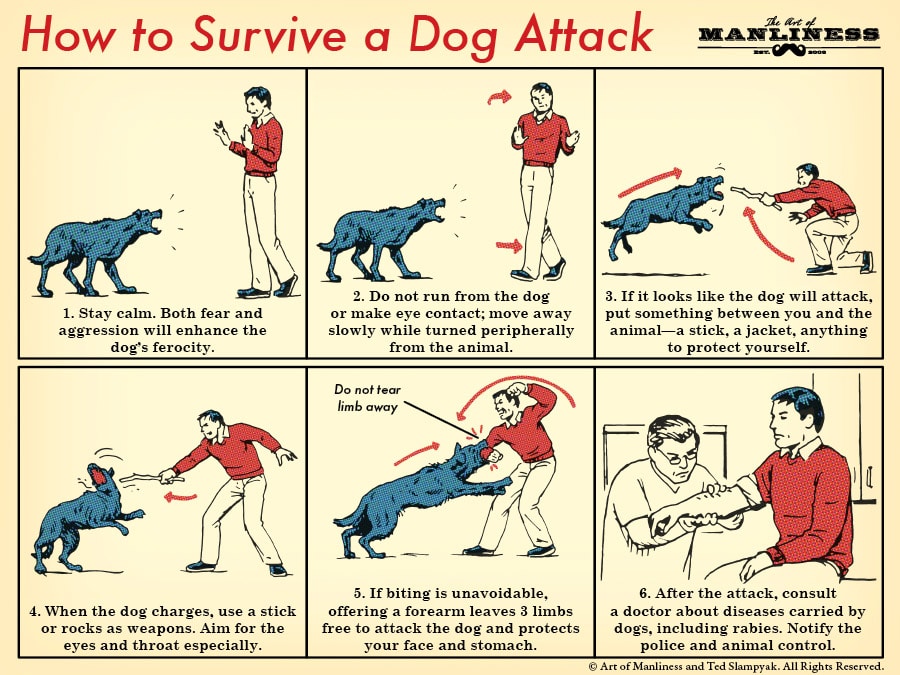
Pit bulls, often misrepresented and misunderstood, can be loving companions when properly trained and socialized. However, like any powerful breed, they can pose a risk if not handled responsibly. Understanding the potential dangers and knowing how to react in an emergency situation is crucial for ensuring your safety. This article will provide comprehensive guidance on pit bull attack prevention, recognizing warning signs, surviving an attack, and seeking appropriate medical attention.
This guide will delve into the factors contributing to pit bull attacks, teach you how to identify potential danger signals, outline effective survival strategies during an encounter, and emphasize the importance of immediate medical care after an attack. By following these guidelines, you can significantly reduce your risk and increase your chances of staying safe in a potentially dangerous situation.
Pit Bull Attack Prevention
Preventing pit bull attacks begins with responsible ownership and community awareness.
Responsible Ownership Practices
Owners play a vital role in preventing attacks by ensuring their pit bulls are properly trained, socialized, and securely contained. This includes enrolling in obedience classes, exposing them to various people and animals in controlled environments, using secure leashes and harnesses during walks, and providing adequate mental and physical stimulation to prevent boredom-induced aggression.
Community Awareness and Education
Educating the public about responsible dog ownership and fostering a culture of respect for all animals is crucial. This involves promoting spay/neuter programs to control breeding populations, advocating for stricter leash laws, and encouraging community initiatives that promote positive interactions between dogs and people.
Recognizing Warning Signs
Learning to recognize warning signs exhibited by pit bulls can help you avoid potentially dangerous situations. These signs may include:
Body Language Cues
Pay attention to a pit bull’s posture, facial expressions, and tail movements. Signs of aggression can include stiffening the body, pinning back ears, growling, snarling, showing teeth, and a raised hackles (fur standing on end). A wagging tail doesn’t always indicate friendliness; it can also signal agitation or anxiety.
Vocalizations
Listen for warning sounds like growls, snarls, and barks. These vocalizations are often accompanied by other aggressive body language cues and should be taken seriously.
Surviving a Pit Bull Attack
If you find yourself facing a pit bull attack, your primary goal is to protect yourself and minimize injuries. Remember to remain calm and avoid panicking.
Immediate Actions
- Do not run. Running may trigger the dog’s chase instinct and escalate the situation.
- Maintain eye contact but do not stare directly at the dog, as this can be perceived as a challenge. Instead, try to keep your gaze focused on a point slightly above its head.
Seeking Shelter
- If possible, seek shelter behind a sturdy object like a car, tree trunk, or large piece of furniture.
- Use anything available to create a barrier between you and the dog, such as backpacks, bags, or even your arms.
Safety Tips During an Encounter
While avoiding encounters with aggressive dogs is always the best course of action, knowing how to react if one occurs can be life-saving.
De-escalation Techniques
Speaking in a calm, soothing voice can sometimes help de-escalate the situation. Avoid making sudden movements or loud noises that may startle the dog.
Appearing Non-Threatening
Try to appear as non-threatening as possible by keeping your hands visible and relaxed, avoiding direct eye contact (unless seeking shelter), and slowly backing away while maintaining a calm demeanor.
Seeking Medical Attention
After surviving a pit bull attack, it’s crucial to seek immediate medical attention, regardless of the severity of your injuries.
Assessing Injuries
Carefully assess any wounds for bleeding, deep cuts, puncture marks, or signs of infection.
Emergency Services
Call emergency services immediately and provide them with your location and details about the attack.
Conclusion
Pit bull attacks can be traumatic events, but understanding preventative measures, recognizing warning signs, and knowing how to react during an encounter can significantly increase your safety. Remember, responsible dog ownership, community awareness, and personal preparedness are essential for minimizing the risk of pit bull attacks and ensuring a safer environment for everyone.
